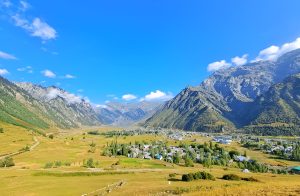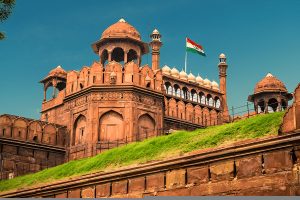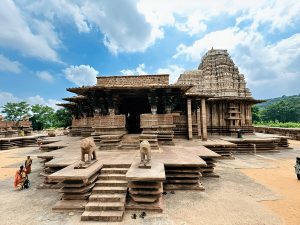Located in the heart of Amritsar, Punjab, the Golden Temple—also known as Harmandir Sahib or Darbar Sahib—is one of the most revered spiritual sites in India. It is not just a place of worship for Sikhs but also a beacon of peace, equality, and divine beauty that draws millions of visitors from all over the world.
Location and Accessibility
The Golden Temple is situated in Amritsar, a major city in the northwestern Indian state of Punjab. The city is well connected by air, rail, and road. The Sri Guru Ram Dass Jee International Airport serves domestic and limited international flights, while Amritsar Junction is a central railway hub. From the city center, the temple is easily accessible by rickshaws, taxis, and even on foot for those staying nearby.
Historical and Religious Relevance
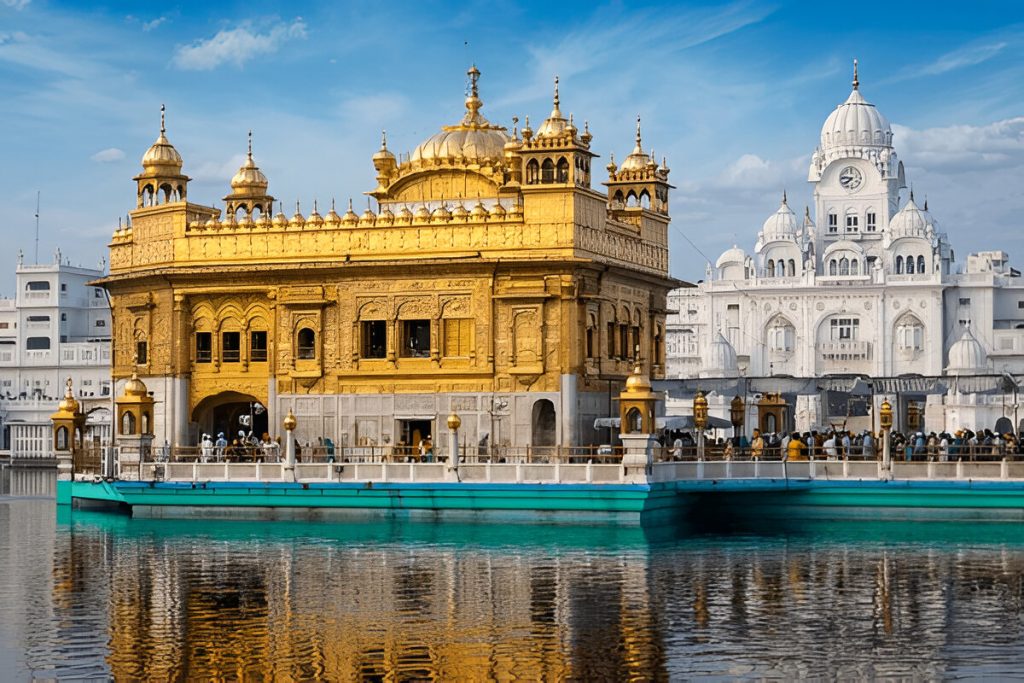
The foundation of the Golden Temple was laid in 1581 by the fourth Sikh Guru, Guru Ram Das, and later completed by Guru Arjan Dev in 1604. What makes this temple unique is its core philosophy of universality and equality. Unlike most temples, the Golden Temple has entrances on all four sides, symbolizing openness to people of all faiths and backgrounds.
It also houses the Adi Granth, the holy scripture of Sikhism, and is the spiritual and cultural epicenter of the Sikh religion. Throughout history, the temple has stood as a resilient symbol, especially during periods of political unrest and conflict.
Why It’s Famous
The Golden Temple is renowned for several reasons:
- Architectural Marvel: Its gold-covered upper floors, intricately carved marble walls, and serene water body surrounding it (the Amrit Sarovar) make it a stunning visual delight.
- Spiritual Ambiance: The non-stop singing of kirtans (devotional songs), the smell of incense, and the quiet prayer create an atmosphere of deep spiritual energy.
- Langar (Community Kitchen): The temple runs one of the largest free kitchens in the world, serving hot vegetarian meals to over 100,000 people daily, regardless of religion, caste, or class.
- Symbol of Humanity: It reflects the Sikh principles of seva (selfless service), humility, and unity.
Things to Know Before You Visit
- Dress Modestly: Visitors are expected to cover their heads and remove their shoes before entering.
- Open to All: People from every religion and nationality are welcome.
- No Alcohol or Tobacco: These are strictly prohibited on the premises.
- Best Time to Visit: Early morning or late evening, when the temple glows under golden light and the ambiance is most serene.
- Stay Options: The temple offers simple yet clean accommodation for pilgrims.
What It Looks Like
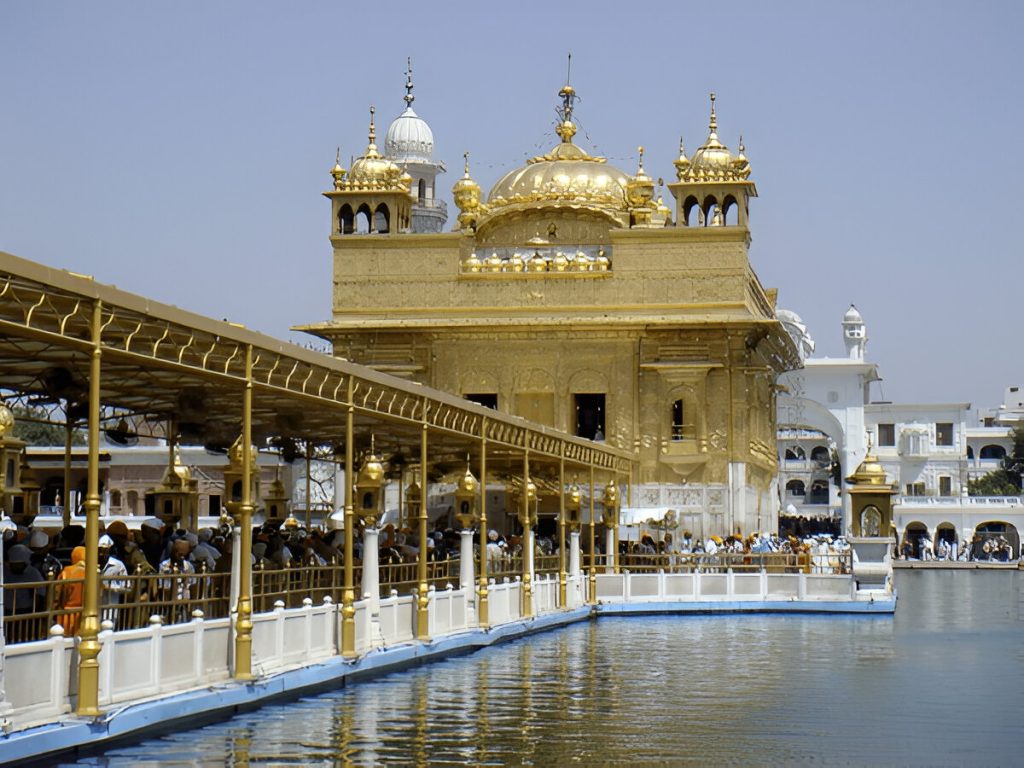
The Golden Temple gleams in the sunlight, its gold-plated dome reflecting in the mirror-like water of the Amrit Sarovar. The sanctum stands on a square platform in the center of this holy tank, connected to the pathway by a narrow causeway. The entire complex is surrounded by a white marble walkway and includes the Akal Takht and other significant structures.
Conclusion
The Golden Temple is more than just a religious monument—it is a living symbol of India’s cultural and spiritual fabric. A visit here is not just a sightseeing experience but a journey into the soul of humility, service, and devotion.





